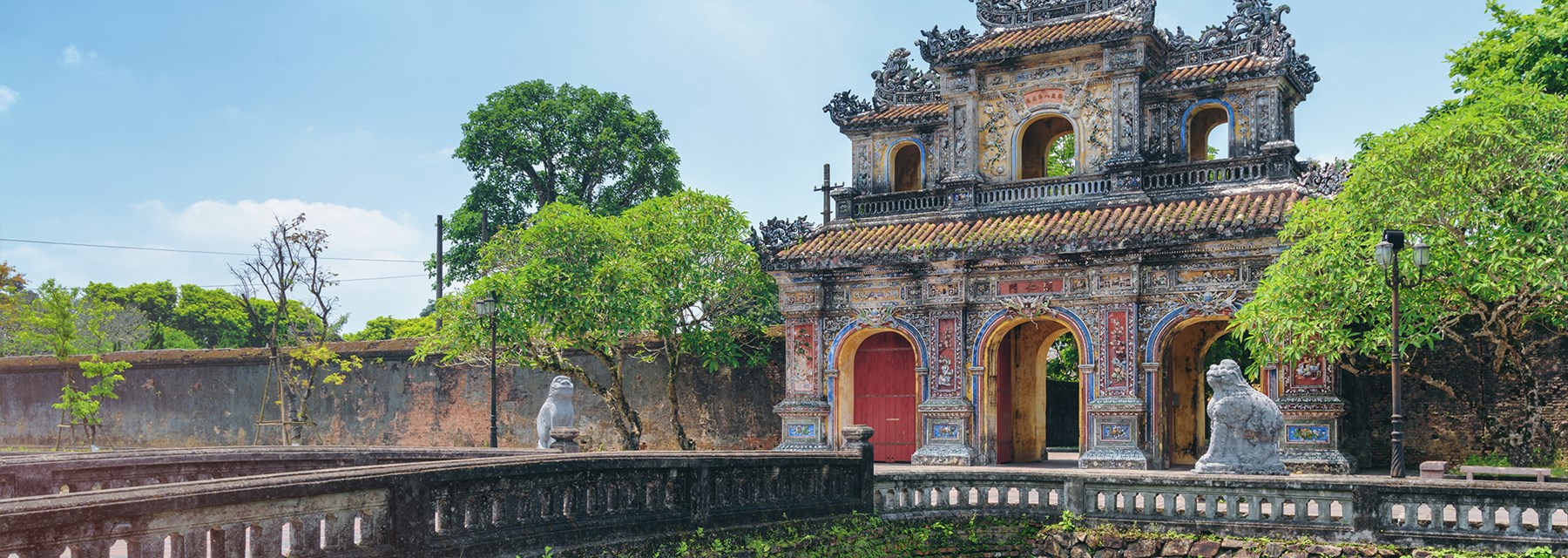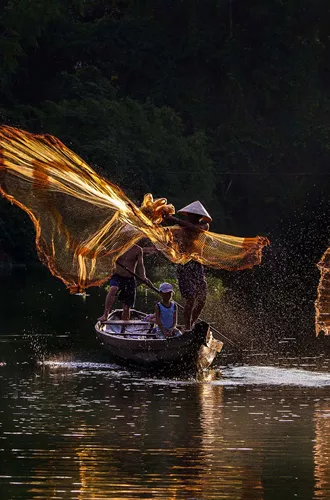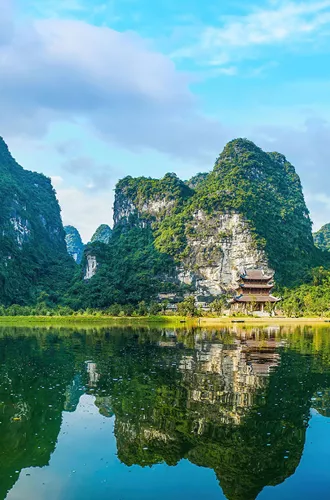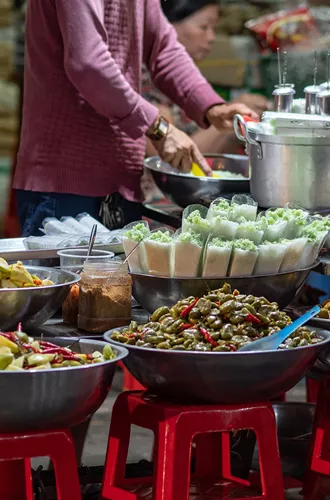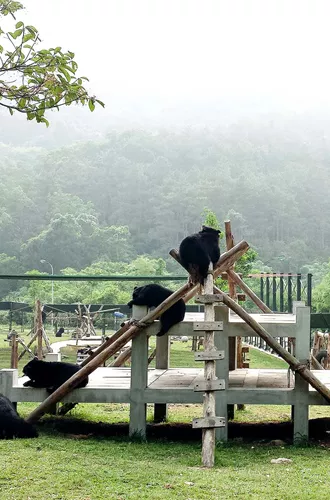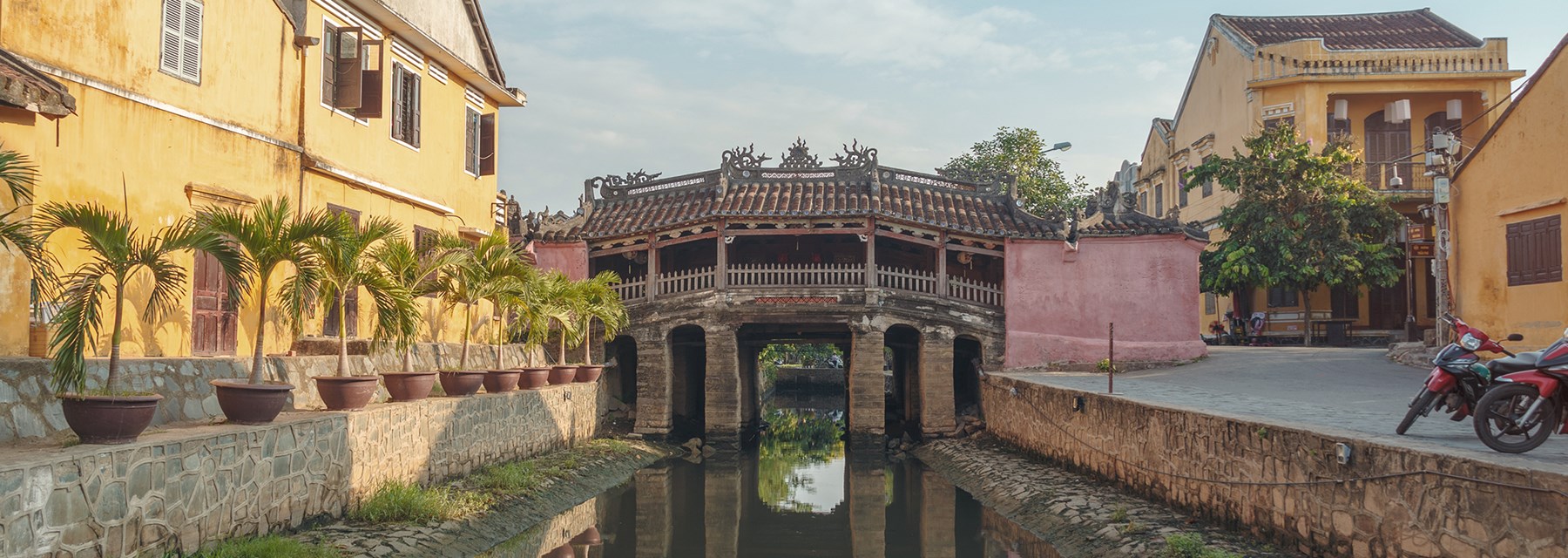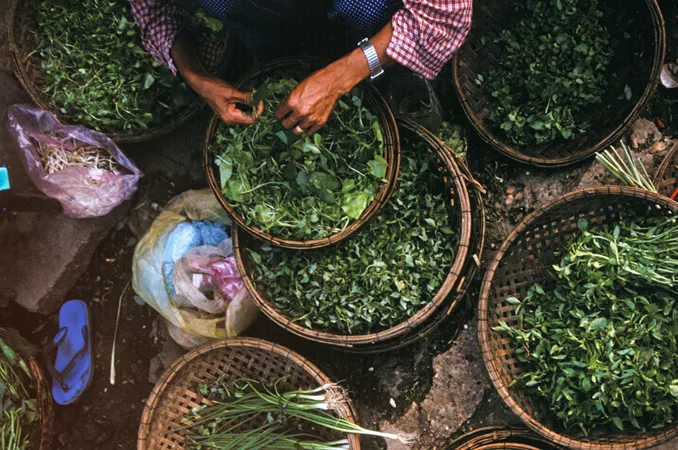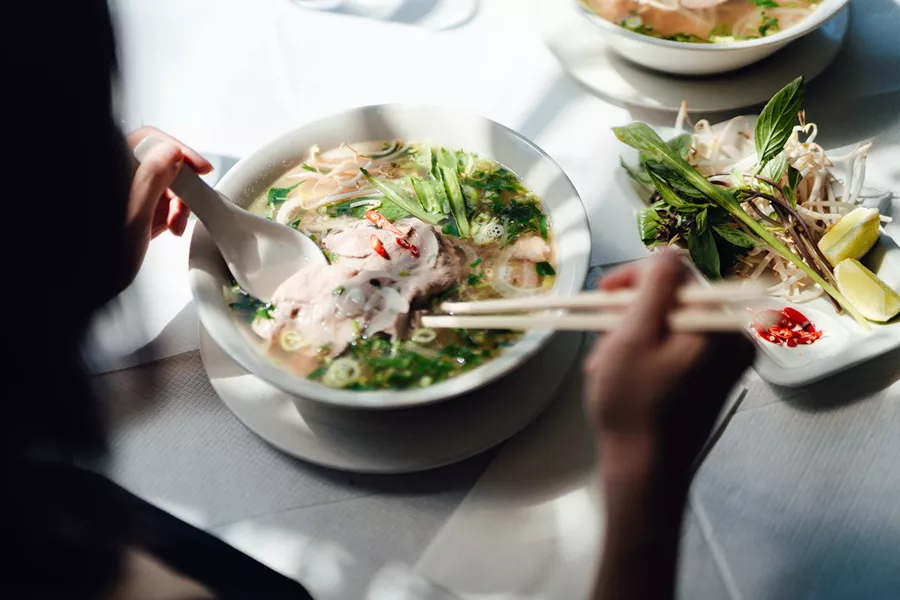Polite behaviour is highly valued in Vietnamese society. One of the most important dimensions of politeness is for the young to show respect to their elders. In everyday life, younger people show this respect by using hierarchical terms of address when interacting with their seniors. Younger people should also be the first to issue the common salutation chao when meeting someone older, should always invite their seniors to begin eating before they do, ask for permission to leave the house, announce their arrival when they return, and not dominate conversations or speak in a confrontational manner with their seniors.
Vietnamese life revolves around the family and it is not uncommon for up to three generations to live together in the same house.
People of different genders, especially if they are not married or related, should not have physical contact. In general woman are expected to maintain greater decorum than men by avoiding alcohol and tobacco, speaking quietly, and dressing modestly. In many public spaces, however, people often avoid standing in queues, resulting in a chaotic environment where people touch or press up against one another as they go about their business.
As with many other Asian societies, the concept of face is extremely important in Vietnamese society. It is important to be aware of unintentionally causing the loss of face so you need to be aware of your words and actions. Accusing someone of poor performance or reprimanding them in public will cause the loss of face. Complimenting them on their hospitality will give then face.
Halong Bay is one of the scenic wonders of the world. Here the limestone landscape meets the sea to create one of the most stunning natural wonders on earth. It is truly breathtaking.


